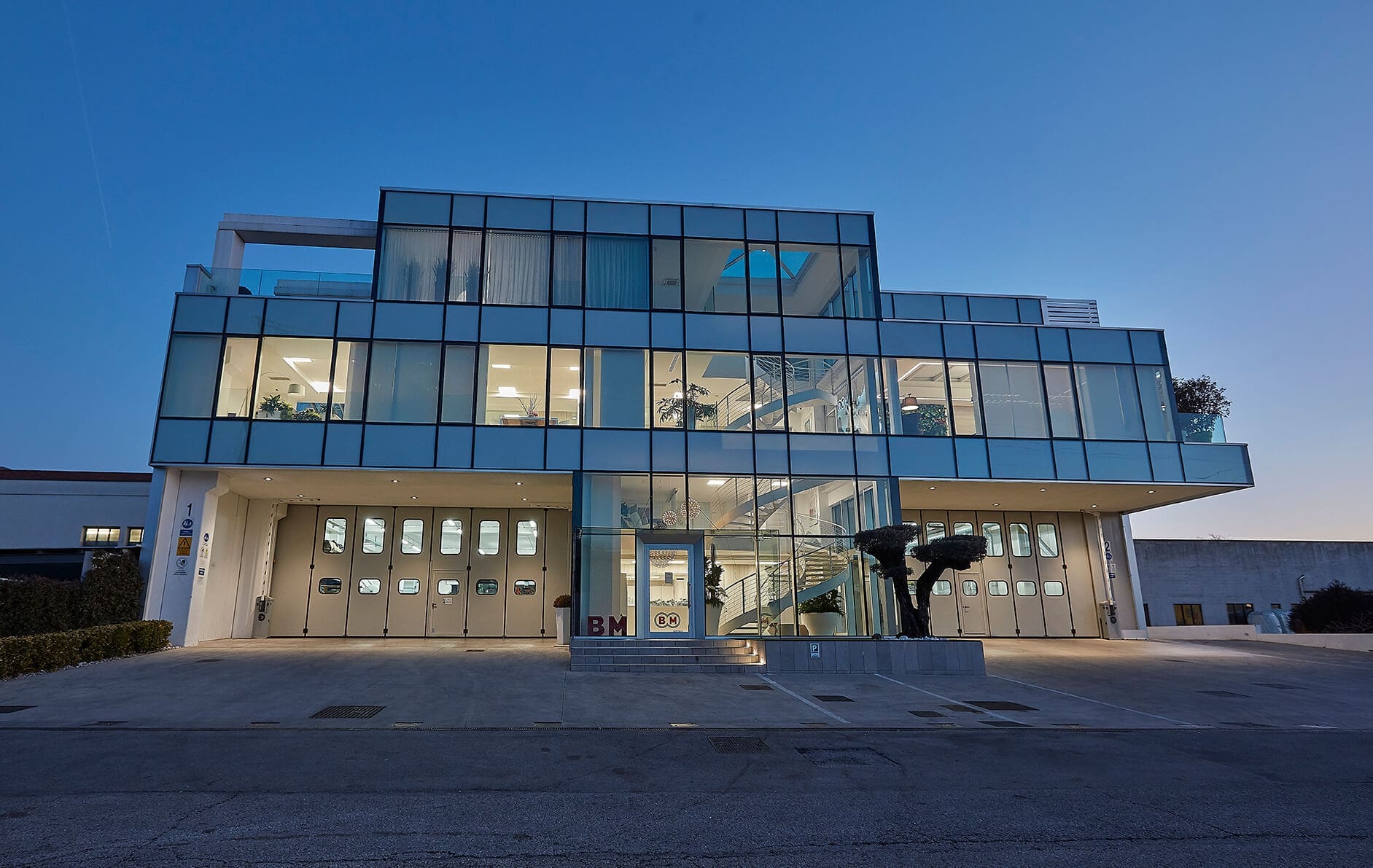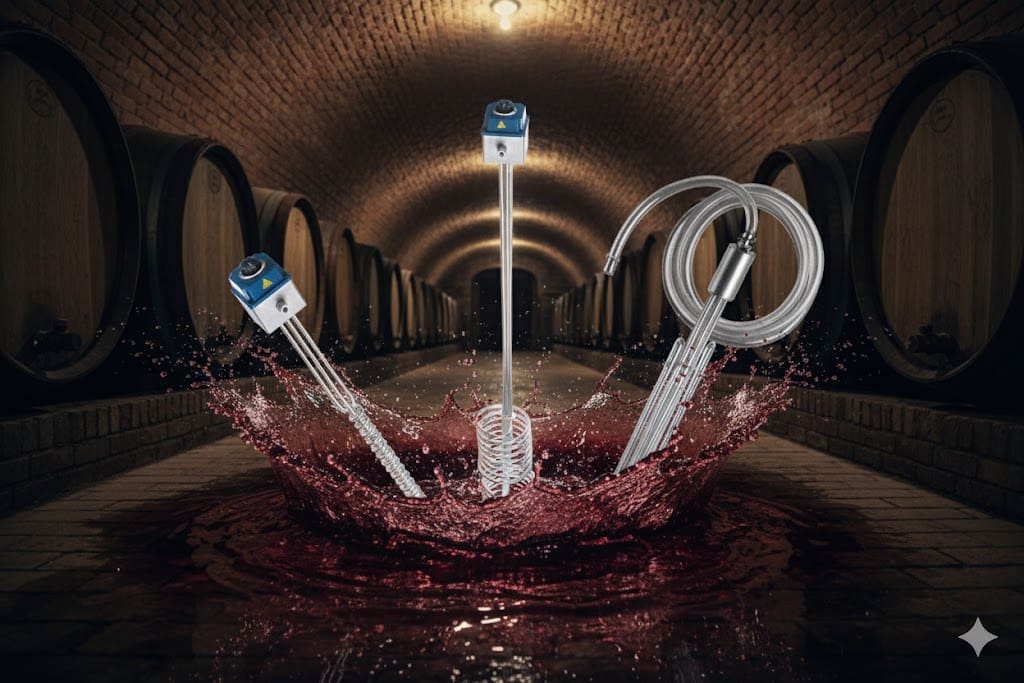Cama Group develops a multi-machine replacement programme that will see competitor’s overly complicated machines replaced by state-of-the-art, quick-changeover packaging technology
Uptime is one of the most important metrics a packaging technology OEM can offer. With operational equipment effectiveness (OEE) maximised, end-user customers can get the best possible return on investment thanks to high levels of high efficiency throughput, with minimal interruptions. Maximum uptime is a primary feature of machines developed by the Cama Group, even those designed to handle multiple product sizes and counts.
Through clever design and highly flexible architectures, the Italian packaging technology expert can completely remove some changeover routines, and for those that are unavoidable complexity and time are kept to an absolute minimum thanks toolless fasteners, RFID-coded parts and intuitive AR/VR interfaces, which create unambiguous easy-to-follow instructions.
This capability was recently highlighted in a packaging solution developed to package four different sizes of bakery products, in seven different packaging counts, Cama’s technology is replacing older packaging machines from a competitor that are overly complex, inefficient to changeover and demand a lot of maintenance.
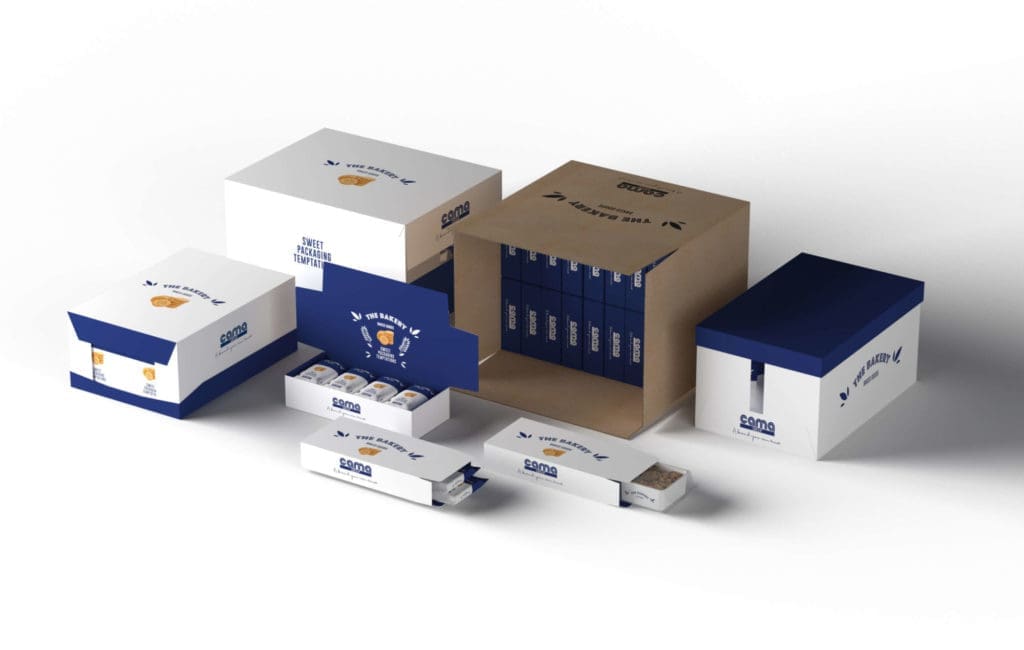
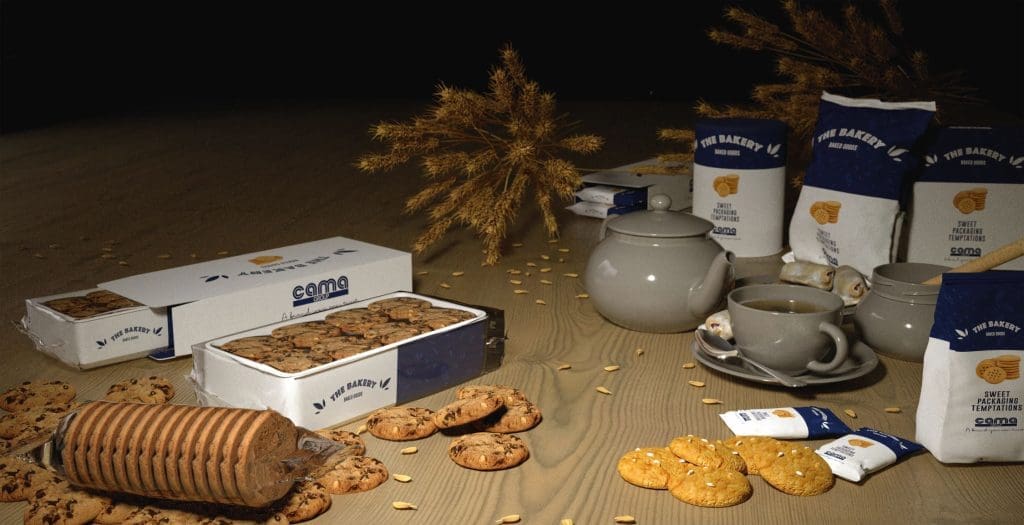
“The contract is to replace all 15 machines,” explains Davide Di Lorenzo, Sales Engineer Manager at Cama Group.
“We are confident that the initial designs are as close to spec as we can get them, but we have built a framework into the contract where we will regularly liaise with the customer to ascertain if any improvements can be made for the next batch of machines. Our highly flexible automation, robotics, and mechanical architecture means we can keep our designs and their method of operation highly agile.”
In operation products are oriented by lineside personal on an infeed conveyor. A vision system is used to ascertain locations before delta robots – developed in house by Cama specifically for packaging operations – pick them and place them into boxes, which are formed in pairs and placed into a rotary phasing unit.
All boxes receive a leaflet, which is put in place using a directional inserter and, depending on the product size and count, an interlayer is also inserted for extra protection between layers.
Once filled, the boxes are sealed, weighed and labelled before being checked with an advanced vision system. The only changeover required between batches is for the forming and closing system. This is in stark contrast to the machines they are replacing, where virtually every module had to be replaced when the size or product count was changed.
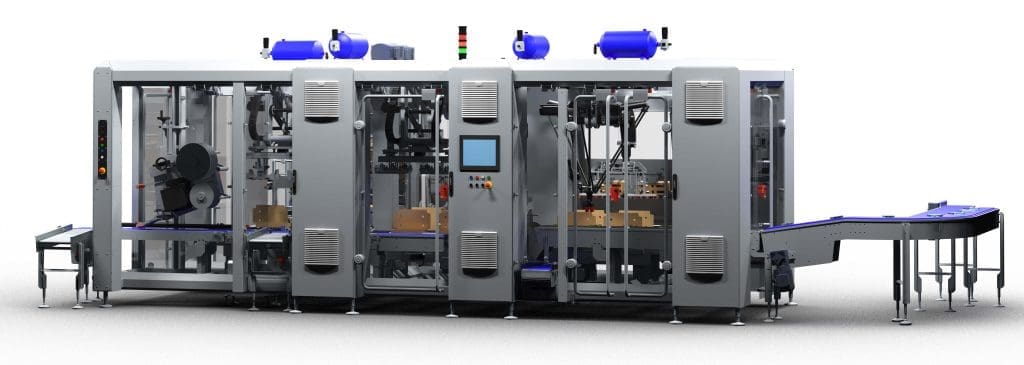
“Our machines have also been designed to offer maximum accessibility,” explains Di Lorenzo, “so changeovers and scheduled maintenance are as easy as possible. This openness is even more impressive when you consider the real estate we had to work with. The production floor is very tight on space, but we were able to create a machine just 7.5 m long (9 m with infeed conveyor).
This compact design is due to the flexibility of our modular sections where we can fit six operations into three modules, which, when combined with a rotary box phaser keeps size to an absolute minimum.”
Compared to the machines they are replacing the Cama technology makes effective use of more modern technology and does so without complicating operator interactions and operations.
“The customer had realised that its existing machines were overly complicated and, if anything, too articulated, and they required far too much time and effort for changeovers between batches,” Di Lorenzo adds.
“Although our machines are technologically more capable, our incorporation of RFID, AR and VR systems means that what little changeover and maintenance steps there are, can all be achieved much more easily and quickly. Aside from the technology angle, the customer had also created a very strong relationship with Cama” This is another example of Cama’s forward-thinking approach to packaging technology.
By understanding its customers’ pain points and then designing simple and fast ways to overcome them, Cama has developed yet another solution that set the pace in terms of operability, real estate use, ease of use/access and throughput.



